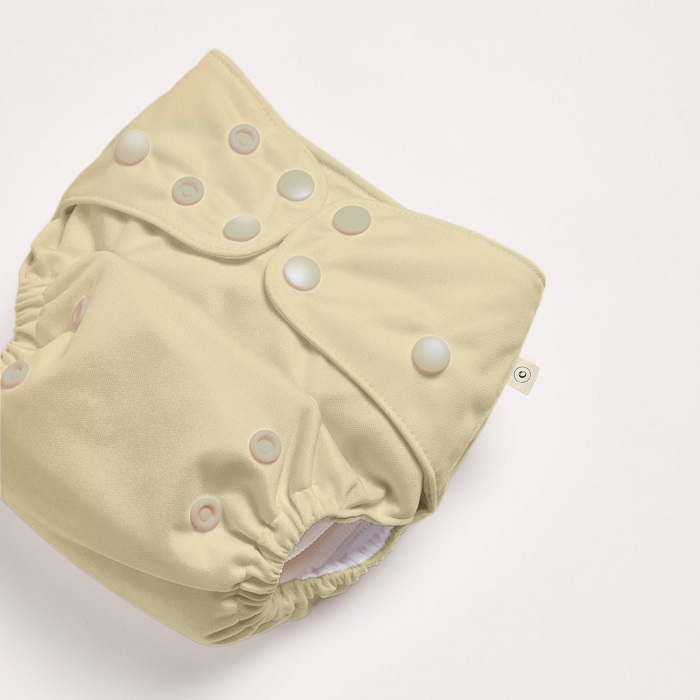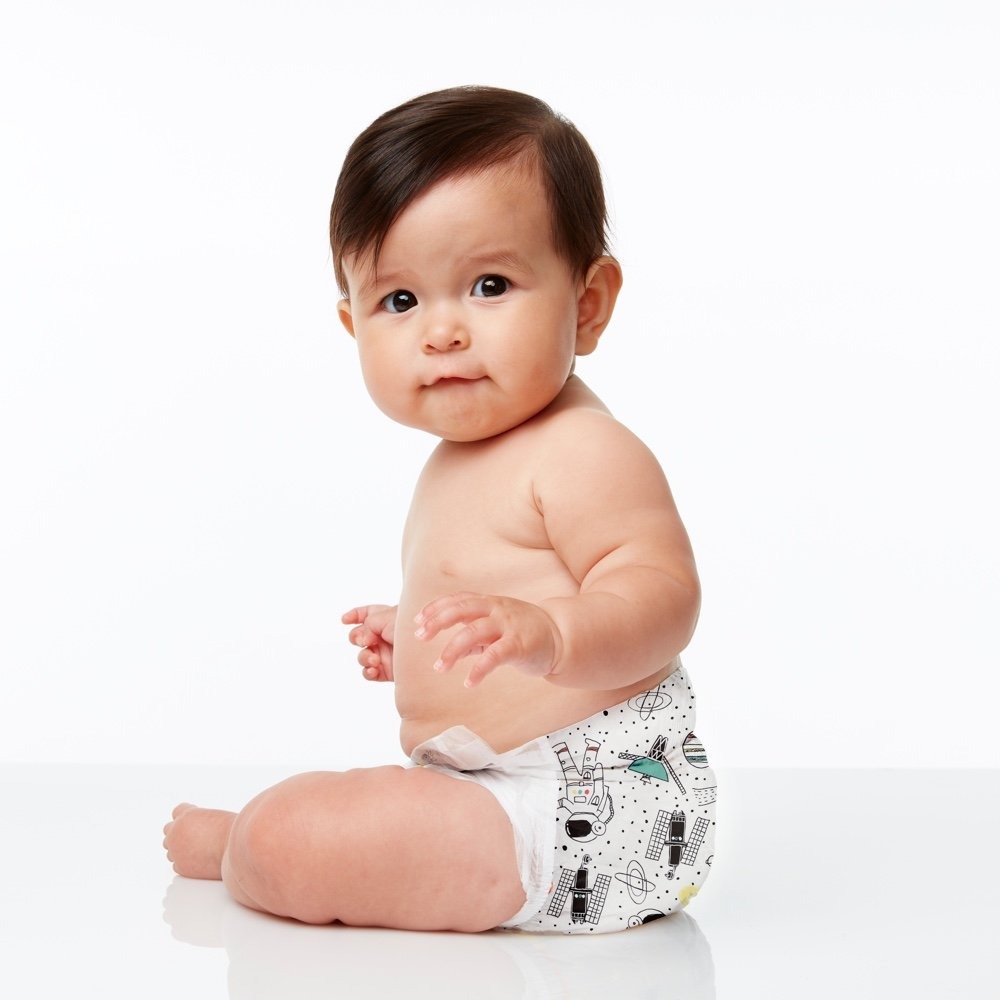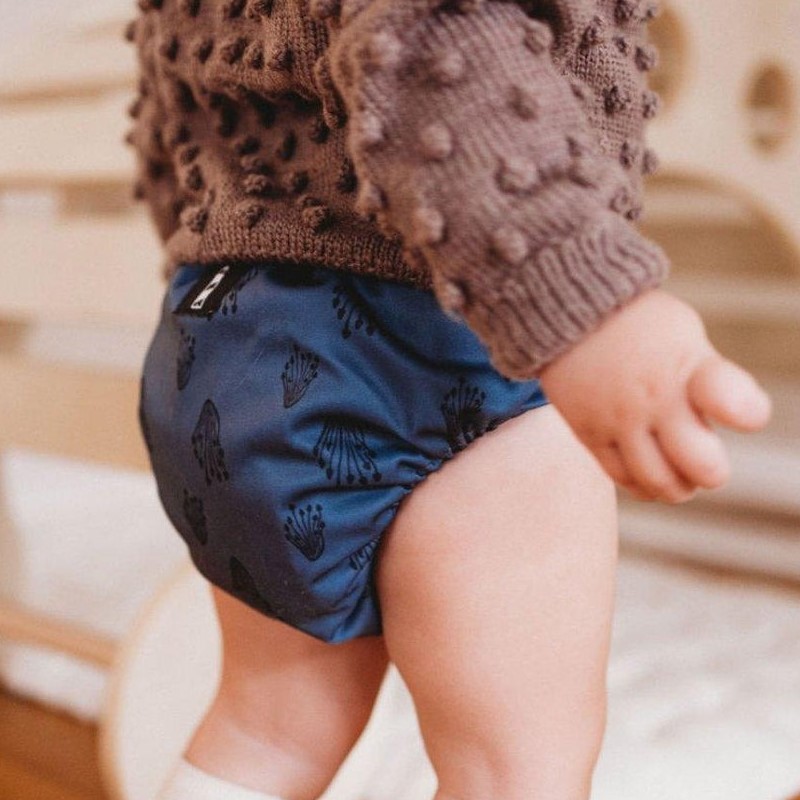Physical Address
304 North Cardinal St.
Dorchester Center, MA 02124
Physical Address
304 North Cardinal St.
Dorchester Center, MA 02124

Using cloth diapers has gained popularity among environmentally conscious parents seeking sustainable and cost-effective options for their babies. If you’re wondering how to use cloth diapers effectively in your daily routine, this guide will clarify the steps, advantages, and best practices. Let’s dive into the world of cloth diapering and explore how to make the most of this eco-friendly choice.
Cloth diapers are a sustainable alternative to disposables. They’ve evolved from simple cloths to advanced, fitted options. These diapers come in various shapes and designs, catering to different needs and preferences. Parents choose cloth diapers for cost savings, environmental reasons, and baby’s comfort. Unlike disposables, cloth diapers require washing, which can be economical and eco-friendly. With many types to pick from, including flats, prefolds, fitted, pocket, all-in-one, all-in-two, and hybrids, there’s a fit for every family. Understanding how to use, wash, and maintain them ensures a smooth experience. In this guide, we navigate the ins and outs, providing new parents with the knowledge to make informed decisions.

Cloth diapers come in various types, each with unique features. Parents can choose based on their needs, ease of use, and budget. We’ll explore the most common types here.
Flats are large, square pieces of fabric, often cotton. Prefolds have multiple layers of fabric and offer extra absorbency. Both types are cost-effective, easy to wash, and dry quickly. They need a waterproof cover.
Shaped like disposable diapers, fitted diapers have elastic and closures. They’re highly absorbent and ideal for nighttime use. They also require a waterproof cover but provide a snug, leak-resistant fit.
Pocket diapers have a waterproof outer layer and a pocket for absorbent inserts. They are easy to adjust for absorbency and come in many cute designs. However, the entire diaper needs washing after use.
All-in-one diapers combine the absorbent layer and waterproof shell in one-piece, convenient for quick changes. All-in-two diapers have a similar two-piece design, offering the flexibility to replace only the absorbent layer.
Hybrid diapers merge the benefits of cloth and disposable. They feature a reusable outer shell with options for either washable or disposable inserts. They work well for families seeking versatility and are great for on-the-go situations.
Choosing cloth diapers isn’t just a lifestyle choice; it’s a cost-effective, eco-friendly, and healthy decision for your baby. Let’s dive into the key benefits that make cloth diapering an admirable option for many families.
Cloth diapers can save families money, especially when used for multiple children. The initial investment is higher than disposables, but savings grow over time. No need to buy diapers weekly. Reusable cloth diapers serve well until potty training.
Disposable diapers pile up in landfills and take centuries to decompose. Choosing cloth lessens waste and reduces your carbon footprint. Using cloth diapers means fewer disposables in landfills and a cleaner planet for our kids.
Cloth diapers are gentle on baby’s skin and free of harsh chemicals found in disposables. They also allow better airflow, reducing diaper rash risks. With various materials like cotton and bamboo, parents can tailor comfort for their baby.

Proper preparation and care are essential for the efficiency and longevity of cloth diapers. Here’s what you need to know to get started.
New cloth diapers require prepping to enhance absorbency. Synthetic materials like microfiber need just one hot wash. Natural fibers, such as cotton, bamboo, or hemp, may need multiple washes. This removes natural oils and improves absorbency over time.
Find a routine that suits you. Rinse diapers in cold water to remove solids and prevent stains. Then, wash with hot water and a good detergent to kill bacteria. Line drying preserves fabric integrity and conserves energy.
Dealing with poop is part of parenting. Use diaper liners or a sprayer for easy cleanup. Breastfed babies’ diapers can go straight to the wash. For others, shake solids into the toilet before washing.
Choosing the best cloth diaper fits into your life and budget. Think about your daily routine, how much time you have for laundry, and your funds. More time might allow for cheaper, traditional styles that need more care. Limited time could mean opting for easy-to-use types but at a higher cost.
Before buying in bulk, test different cloth diapers. Try a few flats, prefolds, pockets, or all-in-ones. Each baby fits diapers differently. Brands also vary in quality and price. What works for others may not suit your baby. Borrow from friends or buy a small variety to find your perfect match.
For full-time cloth diapering, have enough to last between washes. Newborns might need 8 to 10 diapers daily, so for washing every other day, about 20 to 30 diapers are good. As babies grow, they need fewer changes. Choose enough diapers to avoid daily laundry without building a mountain-sized stash.
Navigating the world of cloth diapers can be daunting for new parents. Here are practical tips for a hassle-free cloth diaper experience.
Achieving the right fit is crucial to prevent leaks and ensure your baby’s comfort.
Regular changes keep your baby comfortable and rash-free.
Several accessories can make cloth diapering easier.
Following these tips can lead to a successful cloth diapering journey that’s both eco-friendly and budget-friendly.

Parenting is a journey full of learning, and cloth diapering adds its unique set of challenges. However, these can be easily managed with a bit of preparation and the right approach. This section will focus on how to handle cloth diapers when you’re out, manage diapering through the night, and address common concerns that many parents face.
Taking cloth diapers outside might seem daunting, but it’s quite doable with planning. Here are tips to ease the process:
Nighttime calls for extra absorbent solutions to prevent leaks and ensure a good sleep for your baby. Consider these options:
Parents might have concerns about cloth diapering, but here’s how to solve them:
These strategies will help you find comfort in using cloth diapers for your baby, ensuring you can enjoy the benefits without the stress.
Choosing cloth diapers is a personal journey. Each family has unique needs, habits, and budgets. This guide aims to offer the facts and tips new parents need. But the final choice depends on what suits you best. Cloth diapers can save money, lessen waste, and be gentle on your baby’s skin. Yet, they require washing and care which might not fit everyone’s lifestyle. Try different types to find the best fit for your baby. Consider how many you need and which accessories could make life easier. Remember, whether you’re at home, out with baby, or planning for night changes, there’s a cloth diapering solution. If you face any challenges, many parents have found ways to overcome them. In the end, don’t stress over the decision—pick what feels right for your family. Your choice is valid, and your baby will thrive with your care and love, no matter the diaper.